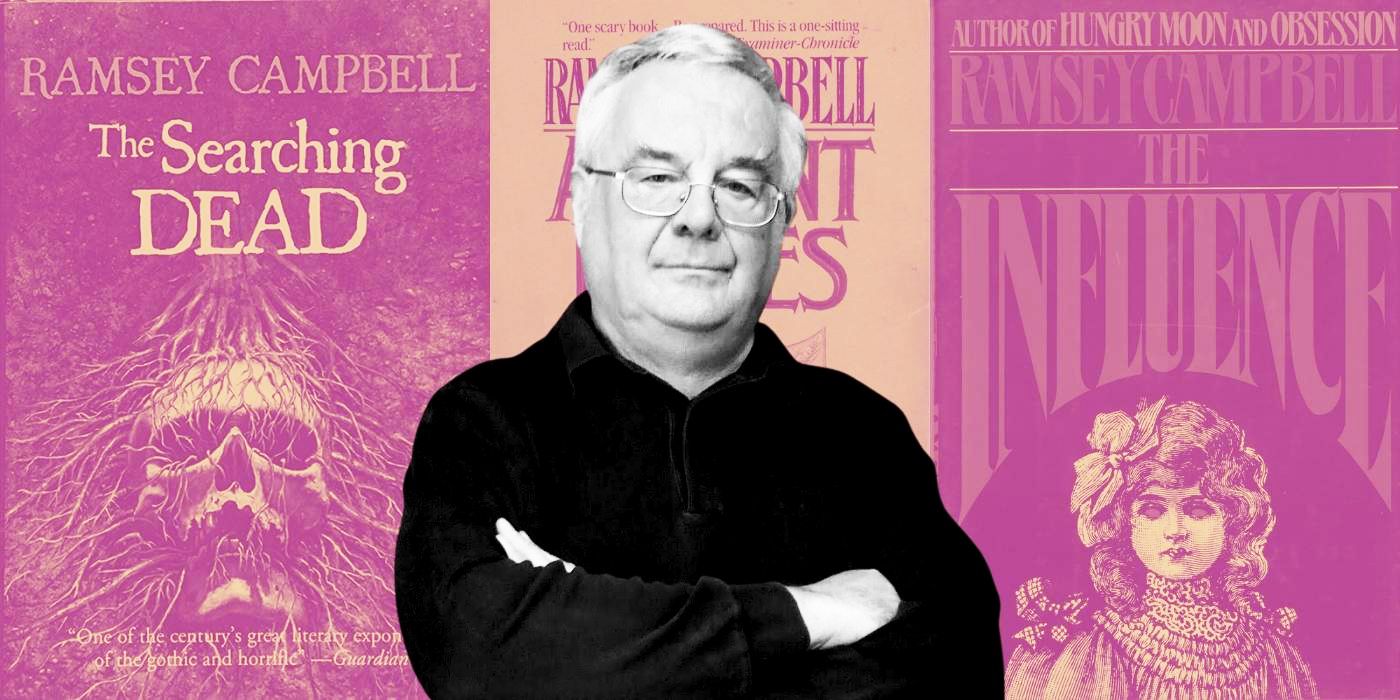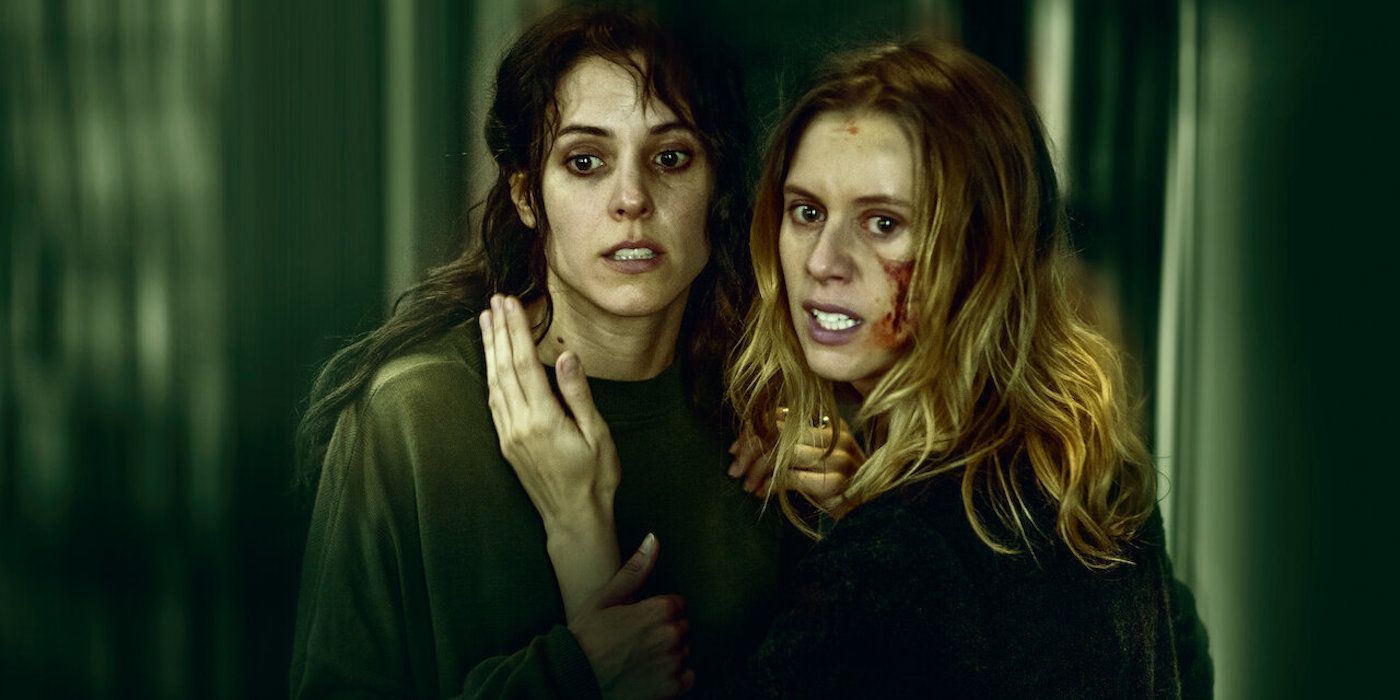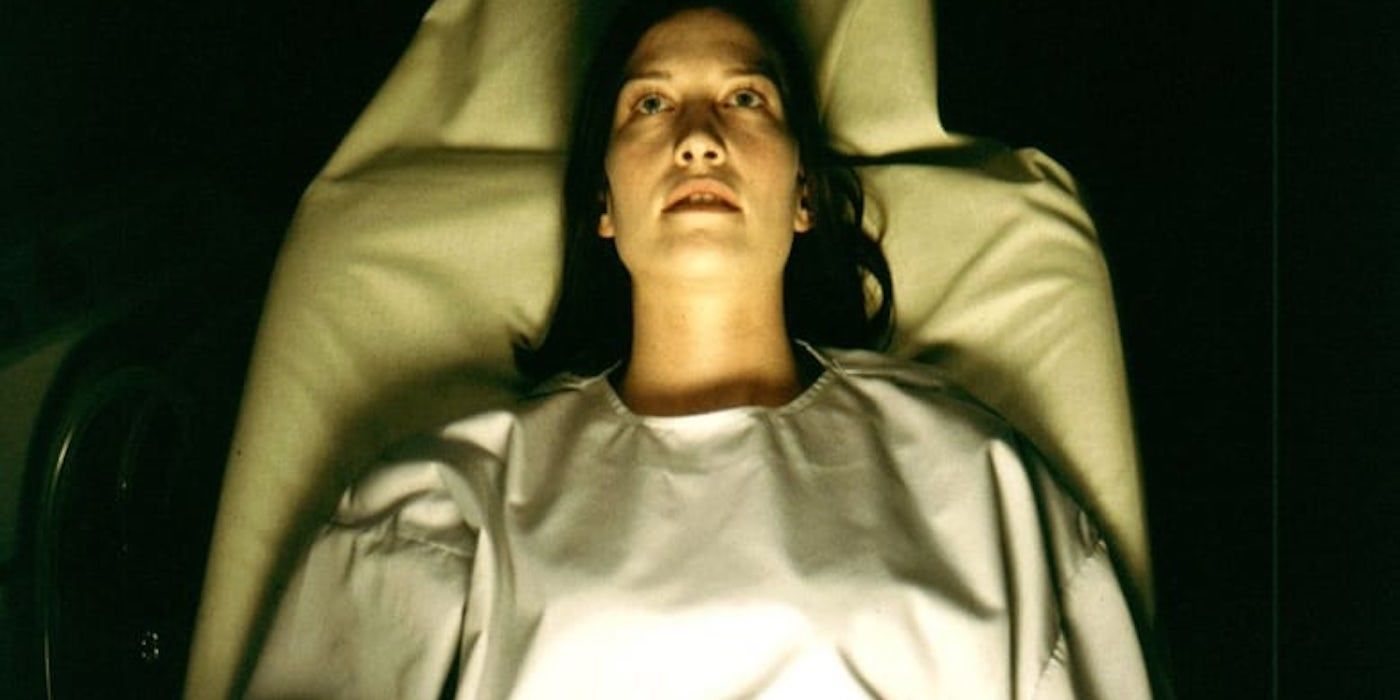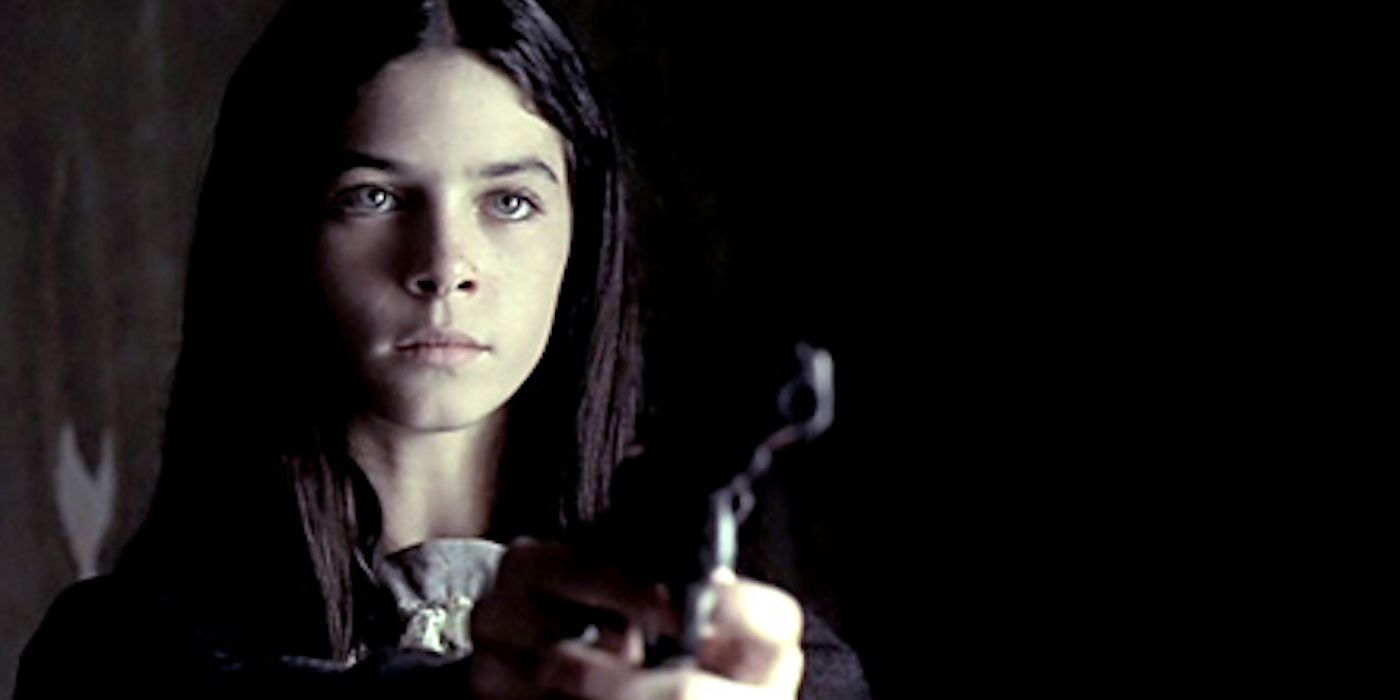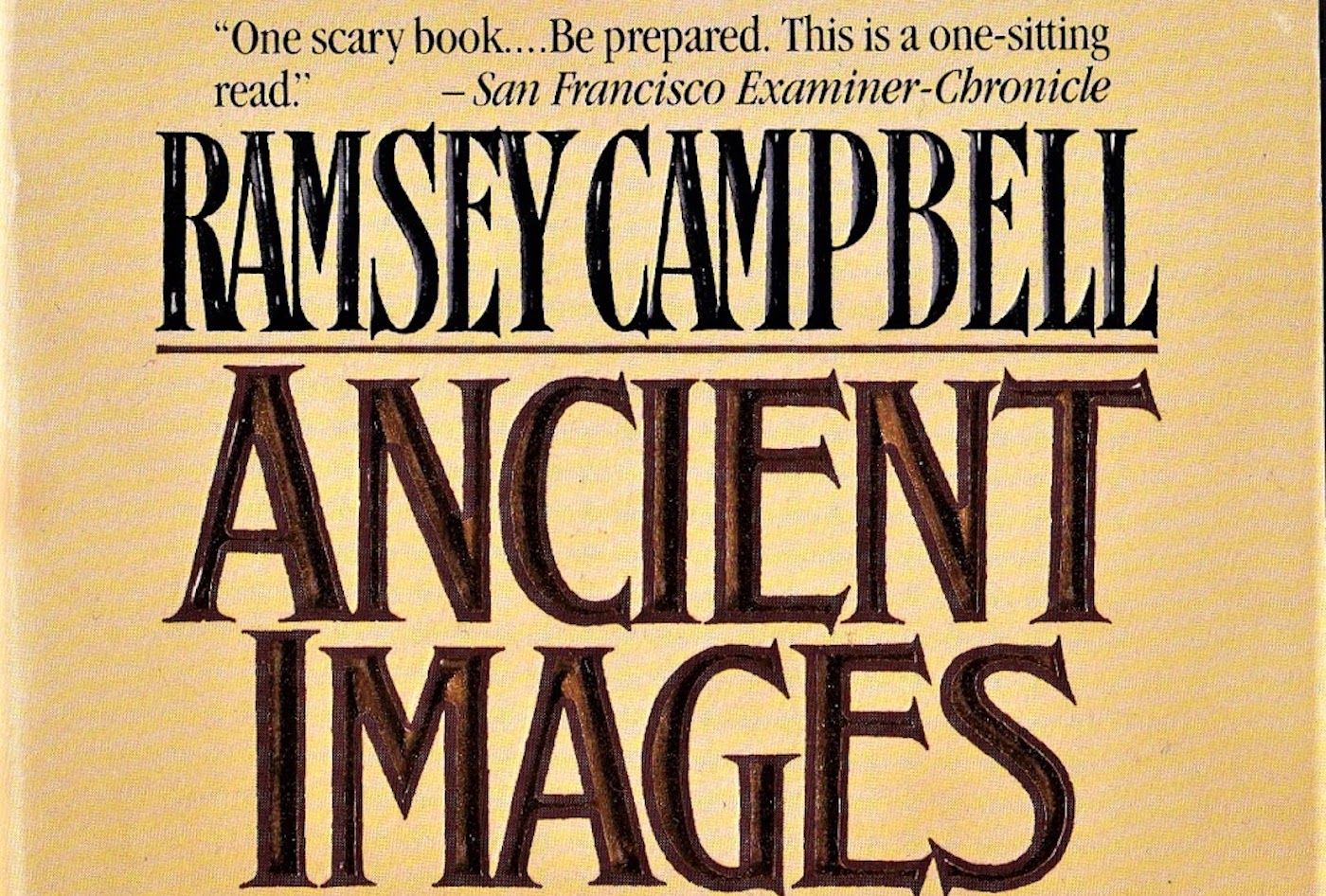Since the 1970s, Ramsey Campbell has been synonymous with horror in the UK, much like Stephen King has been in the U.S. With over 70 titles in his oeuvre, including novels, short story collections, novellas, and multiple anthologies edited by him, he is a legend of dark fiction. Born in WWII-blitzed Liverpool, Campbell turned his attention from a rough home life and blitzed home country to the world of weird and horror fiction, including authors such as H. P. Lovecraft and Franz Kafka, as well as works of film noir, starting at a young age. Publishing his first works at the age of 11, he continued to perfect his craft the more he published, eventually publishing three short story collections in the early 1970s, as well as his debut novel, The Doll Who Ate His Mother, in 1976. He was a major force throughout the booming horror fiction market of the ‘70s and ‘80s and had put out many other novels and short story collections in the years since, establishing him as one of the greats of horror fiction.
There Have Been Barely Any Ramsey Campbell Adaptations
But while other horror giants such as King, Peter Straub, and Clive Barker (whose career Campbell helped launch) would go on to have many of their works adapted for the big screen, there are very few of Campbell’s works that have been adapted. To date, only three of his novels, The Nameless (1981), The Influence (1988), and Pact of the Fathers (2001) have been adapted into feature films.
How have the works of such a prolific and influential author been so largely ignored by horror cinema? Why haven’t more of his works been adapted, or even optioned? It isn’t for a lack of interest or permission from the author—he has expressed interest in seeing his works adapted into films in the past. Perhaps, instead, many a filmmaker may feel that the horror of Ramsey Campbell is a bit too psychological for a traditional scary movie—but that isn’t at all to say that he hasn’t written work that’s film-friendly. On the contrary, Campbell’s body of work is brimming with possibilities for powerful horror cinema, and it’s never too late for his tales to take over many a screen in theaters or on television.
What’s a Ramsey Campbell Story Like?
Fear is the name of Campbell’s game, but not necessarily for the most obvious reasons. Although there are spirits, demons, monsters, psychopaths, and madness galore in his works, with characters often driven to states of deep horror, Campbell plays up the scares on behalf of the reader, rather than the characters who are paired off against them.
Campbell’s short stories and novels alike immerse the reader in an atmosphere of tension, to the point that the very environment around the characters poses a threat. The cities his tales are set in are filthy and grubby. The woods are deep and dark. There is frequent, if not constant, rain and smog over everything. Insects flit and crawl in every room. The growing shadows creep with malignant, watchful life. The very air is thick with invisible, floating presences. The ground scuffles and scrapes with unseen footsteps in pursuit. And every passing person seems to be hiding something, some kind of secret being exacted upon. Nobody, nothing, and nowhere is safe in a Ramsey Campbell tale.
Where Are the Ramsey Campbell Adaptations?
As previously stated, there are only three feature films based on Campbell novels to date, and they are all Spanish-language features. First came 1999’s Los Sin Nombre, based on his 1981 novel The Nameless; in 2002 was El Segundo Nombre, based on 2001’s Pacts of the Fathers; and finally, in 2019 was La Influencia, a Netflix original film based on his 1988 novel The Influence.
“I thought Jaume Balagueró’s decision to jettison the supernatural from The Nameless (was) pretty radical,” Campbell kindly comments for this article, “but he certainly kept the dread, as he wanted to do. Secondo Nombre has very little to do with my novel, but that’s because Filmax bought the version I originally submitted to the publishers, which needed a great deal of editorial work. La Influencia is the one that keeps the uncanny, and very effectively, I think. I’ve always taken the view that I’d rather have a film that’s good in itself, rather than a dully faithful illustration of a prose original.”
Adapting Ramsey Campbell's Works Is No Easy Task
Campbell’s works are, as previously stated, far more reliant on psychology than outright horror. Instead of characters learning of the history of a terrible presence in an obscure location, only to wander in disbelief and face the horror head-on, his characters will learn of the horror, then try to go about their everyday lives—leaving the thought of the horror to begin creeping in. Protagonists are followed not necessarily by monsters, but by the idea of monsters—and the reader is thus left observing helplessly as the characters wander cluelessly down a dark path, one from which the thought of escape only occurs far too late. This kind of formula isn’t always easy to convey on film—but it’s far from impossible.
Early 21st-century films such as Absentia (2010), Insidious (2010), and It Follows (2014) perfectly showcase the slow-burn, implied-but-not-necessarily-shown style for which Campbell is known. Despite each featuring multiple (and memorable) jump scares, these films rely more on the mood that they convey as a result, perfectly orchestrating their ebb and flow of tension for the sake of the audience, rather than for whatever is going to happen to the characters. And with their positive reception among moviegoers and critics alike, these films show that audiences are ready for his tales to be shown on the big screen.
Campbell’s work is full of unseen threats, unexplained events, and unresolved paranoia. In fact, he has dubbed his style as a “comedy of paranoia,” with often obsidian-black humor being found at the expense of his characters’ uncertain journeys through terror. Even when his work is not supernatural in nature, it doesn’t have a style that is precisely in line with such films as Scream (1996) or Get Out (2017). But in the hands of certain directors, Campbell’s fiction could flourish. Less is always more for him, and that is a style in which these directors specialize.
Which Director Should Adapt a Ramsey Campbell Book?
The possibilities are nearly endless for film and television when it comes to Campbell’s bibliography. However, given the cerebral nature behind his style, some works might be easier to adapt than others. For example, his 1986 novel The Hungry Moon features a village in the English countryside, steeped in Druidic traditions when they come under the siege of unwelcome visits, in the forms of a fanatical evangelist…as well as a terrifying supernatural darkness that will forever change how you look at the moon. There are many scenes of wild scares in this book, though often with an undercurrent of humor. This could be a perfect film for the likes of James Wan (Insidious) or Michael Dougherty (Trick ‘r Treat) to take on.
Campbell is very familiar with the world of cosmic horror, with some of his earliest works being directly linked to the works of H. P. Lovecraft. With many short stories and novels involving horror on a scale beyond humankind’s comprehension, there’s no shortage of cosmic horror tales that could be adapted—but one title which could particularly showcase this is Midnight Sun (1990). In this novel, a children’s book writer returns with his family to his childhood home in a dark forest, where unseen forces begin to manifest from the woods and the very winter air itself. With the terrors forming both outdoors and in (you’ll never look at a Christmas tree the same way again), directors such as Jennifer Kent (The Babadook) and Babak Anvari (Wounds) could render this into an unforgettable cinematic tale.
Campbell often utilizes obsession as a key element of his how he inflicts psychological tension upon his characters just as easily as he does supernatural terror. His 2007 novel, The Grin of the Dark, follows a film historian trying to write a book about a silent-era film comedian who was reputed to make people laugh themselves to death. As the protagonist goes deeper into his research, he begins to catch passing sensations of being followed, slowly driving him to the verge of darkly hilarious madness. Parker Finn (Smile) or Scott Derrickson (Sinister) could perfectly capture this internal conflict in a cinematic style.
Perhaps the most deserving of Campbell’s books to adapt into film, however, would be Ancient Images (1988), which itself involves horror cinema. A film editor named Sandy is horrified to discover that a close friend of hers, a film preservationist, seems to have taken his own life. However, this is following his acquirement of a long-lost (and sadly fictional) 1930s horror film starring Bela Lugosi and Boris Karloff—and in the wake of his death, Sandy discovers that the film is missing, leading her to think that he was murdered. With her subsequent investigation, she slowly begins to face growing tension in the form of shady characters and half-glimpsed entities as she investigates the location—and the origins—of the film. This would perhaps be the most fitting of Campbell’s works to adapt into film and could make for an eerie supernatural mystery, the likes of which Jordan Peele or M. Night Shyamalan could perfectly showcase.
Campbell himself has his own hopes for certain of his films to be adapted. "I still dream of seeing Needing Ghosts (1990) as a celluloid nightmare—well, these days, a digital one. (And) with the present fashion for folk horror, maybe The Kind Folk, The Wise Friend, or Fellstones." Campbell also has a recent trilogy of books, known collectively as "The Three Births of Daoloth," which follows a man over the course of his life, from childhood through adulthood and into his elder years, as he is faced with cosmic horror that threatens our known slice of existence. “I do think the trilogy might make a fine bunch of films, or else a television series.”
Proposed Adaptations and Beyond
When asked about the 2012 announcement of an adaptation of his 1996 haunted house novel Nazareth Hill, to be produced by Fangoria and Bedford Entertainment, Campbell stated for this feature that the project is "Dead, I fear." Even so, this is not the end of forthcoming Campbell adaptations.
"My friend Guillermo Del Toro bought (my short story) 'Down There' for his television series," he added. With the forthcoming second season of Cabinet of Curiosities, we may well see this story on the screen sooner than later. "He’s been wanting to film it for decades. Originally it was to figure as his episode of an anthology movie all those years ago. There are murmurs elsewhere about other tales of mine, but I don’t think I can be more specific."
Filmmakers and producers alike should be excited to know that there is such a treasure trove of tales out there, just waiting to be turned into powerful pieces of horror cinema and television. All they need to do is open one of the many books by Ramsey Campbell and bring the terror of his written words into a visual medium—and into the minds and lives of the legion of horror fans that are ready to be very, very scared.

